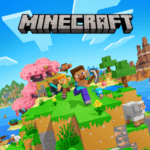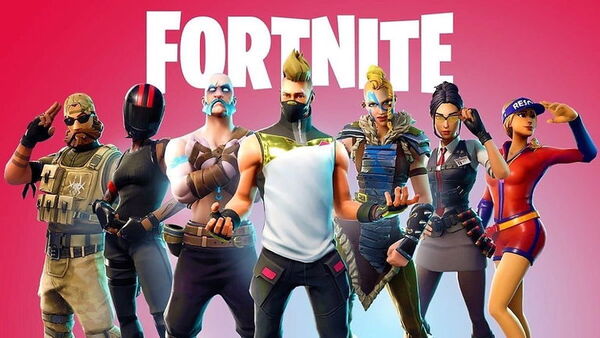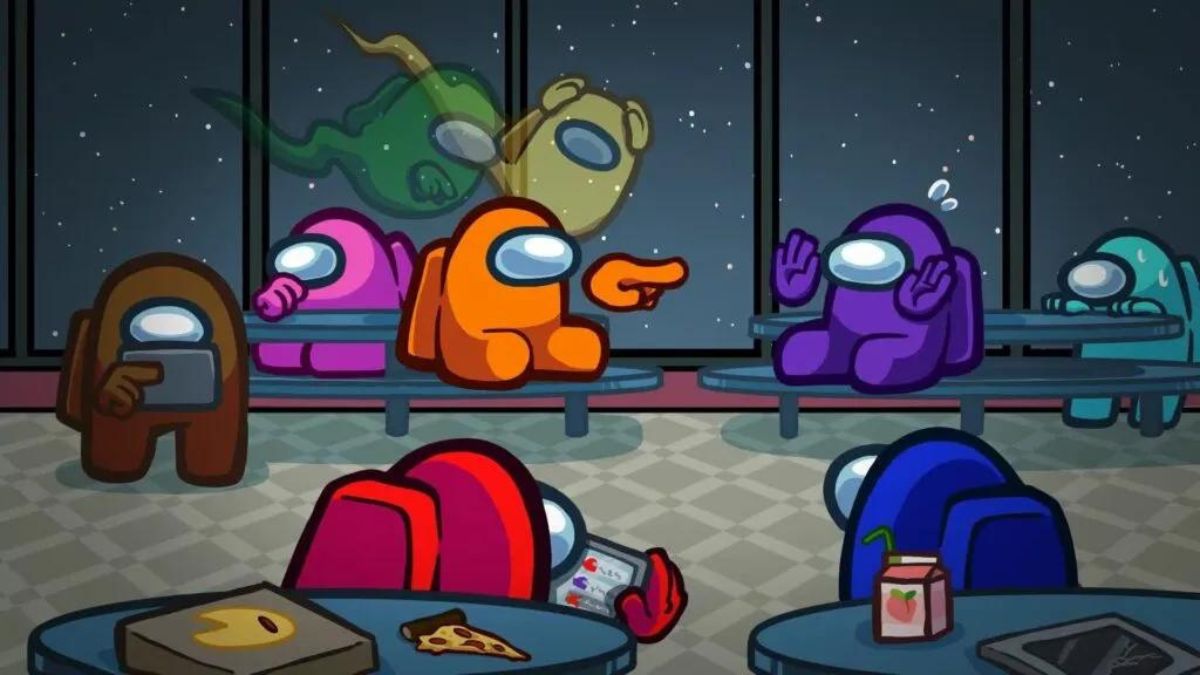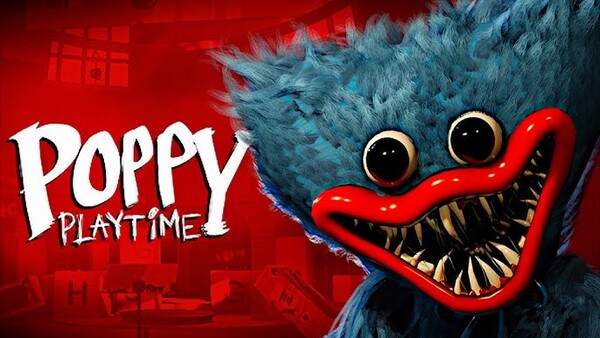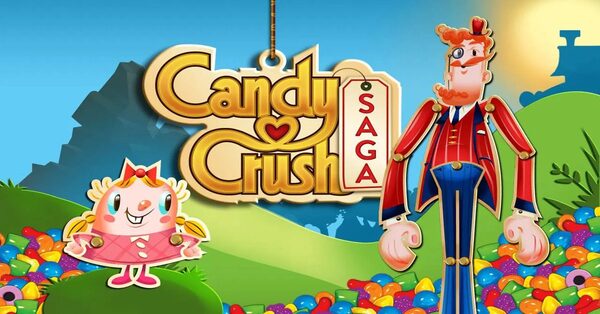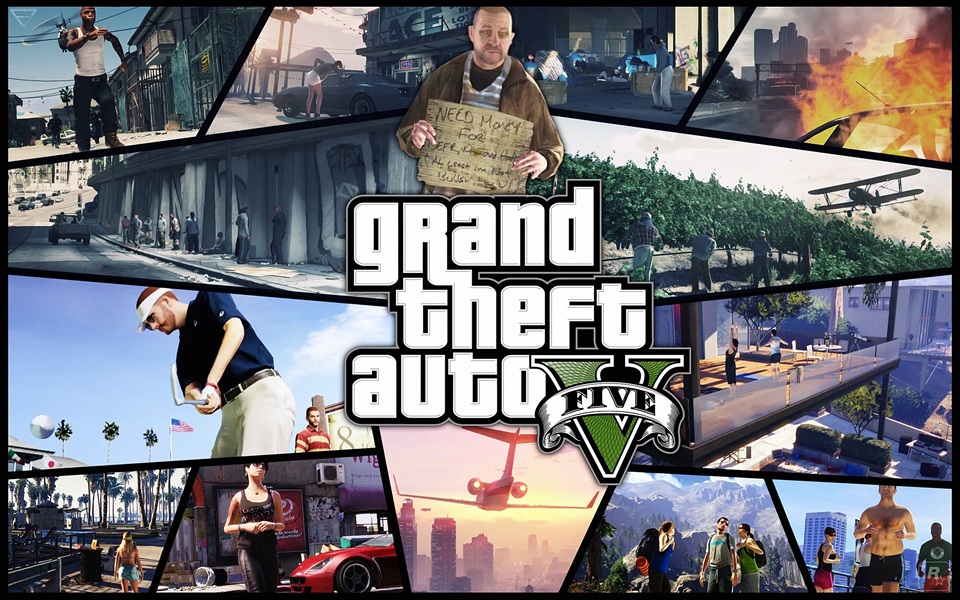Among Us isn’t just a game—it’s a global phenomenon that redefined the way we think about multiplayer gaming. Created by InnerSloth and originally released in 2018, this small indie title quietly existed until it exploded in popularity during the pandemic in 2020. Suddenly, the world was captivated by crewmates, impostors, emergency meetings, and accusing your best friend of venting. But why did Among Us become such a massive hit? And how has it evolved since then? This article takes a deep dive into the timeline, gameplay mechanics, community culture, and long-term legacy of Among Us.
The Birth of Among Us and Its Humble Beginnings
Among Us was developed by InnerSloth, a small team of three people, with inspiration from classic social deduction games like Mafia and Werewolf. The gameplay involved a simple loop: 4–10 players are placed on a spaceship, with one or more randomly assigned impostors. The goal for crewmates is to complete tasks around the ship, while impostors aim to eliminate the crew without being caught.
Despite its clever concept, the game saw limited traction during its initial 2018 release. With minimal marketing and no big influencers promoting it, Among Us was mostly played by a small but loyal fanbase.
A Game Reborn: The 2020 Viral Explosion
It wasn’t until mid-2020 that Among Us experienced its breakthrough. Streamers like Sodapoppin, xQc, Valkyrae, and Disguised Toast began playing it on Twitch and YouTube. The simplicity, chaotic humor, and betrayal-based gameplay made it perfect for content creators. What made Among Us truly go viral was how easy it was to understand yet endlessly replayable due to player dynamics.
The COVID-19 pandemic also played a major role. As people around the world were confined indoors, Among Us became a virtual substitute for social interaction. Friends, families, co-workers, and even classrooms began holding meetings in the game.
Core Gameplay: Suspicion, Deception, and Deduction
At its heart, Among Us is about social strategy. Each game begins with players spawning on a map like The Skeld, Mira HQ, Polus, or The Airship. Crewmates must complete tasks such as fixing wires, swiping cards, or downloading data. Meanwhile, impostors can sabotage systems, sneak through vents, and eliminate players.
Emergency meetings and dead body reports are when the real fun begins. Players discuss who they think is suspicious and vote on who to eject. This creates a tense, often hilarious environment where players must bluff, argue, and analyze behavior.
The psychological dynamics are what truly define the game. Is someone acting too helpful? Did someone fake a task? Why is a player hovering near vents? These questions lead to heated debates and shocking betrayals.
The Rise of Memes, Mods, and Roleplay Culture
The explosive popularity of Among Us gave birth to an enormous wave of memes and community-driven content. Terms like “sus,” “third impostor,” and “venting” became part of internet vocabulary. Fan art, animations, parody songs, and machinima flooded social media platforms.
Soon, modders expanded the game far beyond its original format. Popular mods added roles like Sheriff (who can kill impostors), Jester (who wins by getting voted out), and Engineer (who can use vents as a crewmate). These variations kept the game fresh and brought entirely new strategies to life.
Content creators embraced this creative energy, organizing massive tournaments, themed roleplay sessions, and even scripted episodes. Among Us became more than a game—it became a creative stage for improv comedy and storytelling.
The Art Style and Accessibility of Simplicity
Among Us’s visual design is intentionally minimalist. Players are colorful bean-shaped crewmates with no facial features and simple animations. Yet this simplicity became part of its charm. It was easy to recognize who was who, and even easier for newcomers to understand what was happening.
The game’s low system requirements meant it could run on virtually any device—iOS, Android, PC, and eventually consoles. This broad accessibility made it a natural fit for cross-platform gaming with friends, regardless of their hardware.
Additionally, the UI and control scheme were streamlined and intuitive. New players could hop in, understand the rules in minutes, and start playing immediately. That frictionless entry point contributed immensely to its widespread success.
Player Behavior and the Psychology of Lying
Among Us tapped into a part of the human brain that very few games dare to explore—deception. Playing as an impostor brings adrenaline, anxiety, and excitement. You’re lying to your friends while trying to eliminate them, and the tension is palpable.
On the other side, crewmates are constantly paranoid. Did you see that person near the body just before it was reported? Why didn’t they do that task? This dynamic creates a game experience that is socially rich and emotionally intense.
Studies and psychologists noted how Among Us became a fascinating case study in body language, trust, and groupthink—even in a digital space. It’s a game that rewards observant players, quick thinkers, and master manipulators.
Community Involvement and Developer Response
As the player base exploded, InnerSloth canceled a planned sequel to focus entirely on improving the original game. They began addressing feedback from the community—fixing bugs, adding features, and releasing new content.
Updates eventually introduced features like anonymous voting, colorblind support, quick chat, and new maps. The developer team also emphasized transparency, sharing roadmaps and dev logs with the public.
However, some players grew impatient with the slow pace of updates. Being a small team, InnerSloth struggled at times to keep up with expectations. Still, their dedication and communication helped retain community trust.
Among Us in Education, Business, and Politics
Among Us unexpectedly broke boundaries by finding uses outside of gaming. Teachers used it to teach logic, communication, and even programming. Offices hosted Among Us team-building events. The U.S. Congresswoman Alexandria Ocasio-Cortez famously streamed the game on Twitch to encourage young people to vote.
It became more than a game—it became a medium for connection, outreach, and even education. Its ability to bring people together in creative ways during a time of isolation added to its cultural weight.
Crossovers, Merchandising, and Mainstream Impact
With its success came a wave of merchandise: plushies, apparel, toys, and more. Among Us crossed over with other games like Fall Guys and Fortnite, integrating skins and characters. Even massive franchises like Halo and Ratchet & Clank received Among Us-themed content.
The game also won awards, including Best Multiplayer Game at The Game Awards 2020, and became a staple at major gaming conventions. Its influence reached mobile, console, and even VR platforms, with the release of Among Us VR in 2022.
The Long-Term Sustainability and Evolving Meta
Like many viral games, Among Us faced the challenge of keeping its momentum. While the initial craze cooled, the game still maintains a steady core audience. Updates and mods have added depth, and InnerSloth continues to develop new features.
The social deduction genre remains strong, with games like Goose Goose Duck and First Class Trouble building on Among Us’s legacy. However, Among Us still holds the crown due to its simplicity, iconic design, and strong community.
The meta has also evolved. Players now meta-game roles, create alliance strategies, and even build reputations in online lobbies. In public games, trolling and chaotic play are common, while in private lobbies, politics and logic dominate.
Overall Game Ratings and Evaluation
- Gameplay Mechanics: 8.5/10
- Social Engagement: 10/10
- Visual Design: 7.5/10
- Accessibility: 9.5/10
- Replay Value: 8/10
- Overall Rating: 8.7/10
Conclusion: Why Among Us Still Deserves a Spot in Your Game Library
Among Us is more than just a viral hit from 2020—it’s a game that captured the human essence of interaction. Whether you're lying through your teeth as an impostor or frantically proving your innocence as a crewmate, the experience is uniquely tense, hilarious, and unforgettable.
Its simplicity, accessibility, and reliance on human behavior over game mechanics make it a timeless piece of gaming history. Whether you're a casual player or a dedicated strategist, Among Us still offers a unique thrill that few other games can match.
So if you haven’t tried it in a while, consider jumping back in. Just remember—trust no one.











